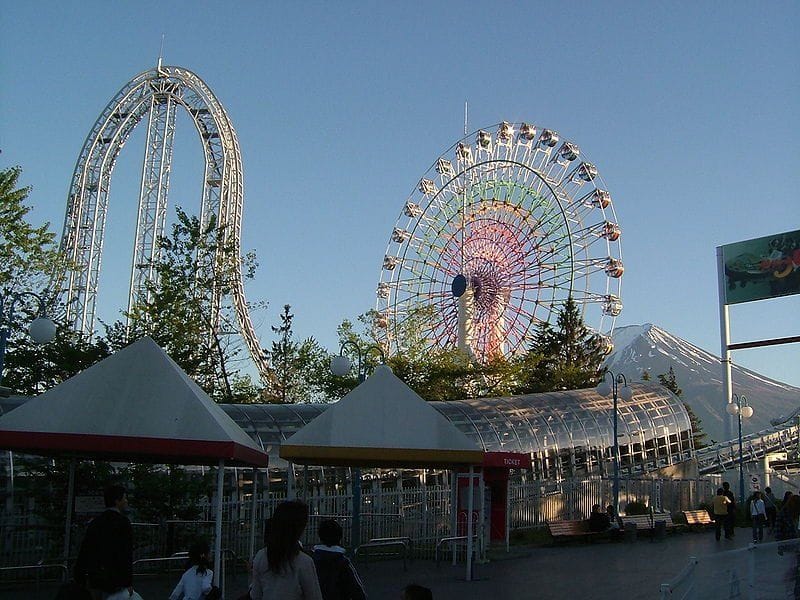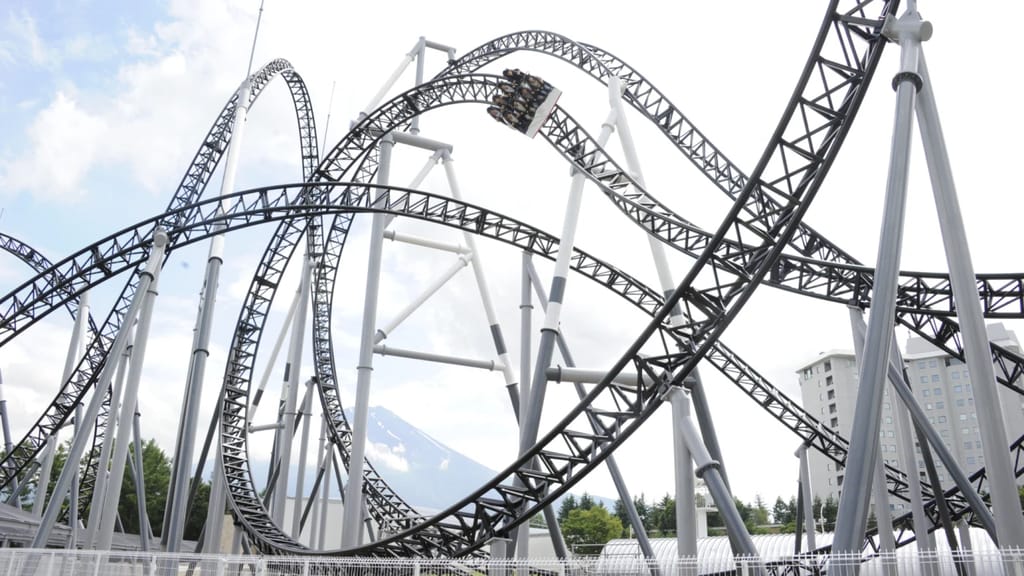
The world’s fastest rollercoaster, Do-Dodonpa, which can reach speeds of 172km/h (106.9mph) in just 1.8 seconds, was shut down after several riders shattered bones. Q Highland in Fujiyoshida, Yamanashi, Japan is home to Do-Dodonpa. It was created and built by S&S – Sansei Technologies. Then, it debuted on December 21, 2001, as the world’s fastest roller coaster.
Superman: The Escape and Tower of Terror held the title for fastest speed before Do-Dodonpa. Many thrill-seekers go to the theme park to ride the rollercoaster that is famous as the “scariest” by many. But, at least for the time being, rollercoaster fans will be unable to enjoy the high speeds.
Do-Dodonpa is going to remain shut to the public until further notice due to multiple complaints of riders breaking bones. Since December 2020, at least six riders have suffered bone fractures, according to reports. The reports surprised both fans and manufacturers. Do-Dodonpa had only documented one customer injury in the previous 20 years.
The single incident that prompted concerns before 2020 December happened on 15 May 2007. It was when a 37-year-old man was hurt when a plastic cover at the front of the train fell away and hit his right knee.
Take a look at the Do-Dodonpa rollercoaster
Recent occurrences, on the other hand, have been significantly more serious, leaving rollercoasters and amusement park experts perplexed. What’s more perplexing is that preliminary investigations revealed no technical problems with the ride.
Sansei Technologies has now apologized to all of the wounded riders. Also stating that the cause of the injuries is yet unknown. In an interview with Vice, Naoya Miyasato, a Nihon University architecture professor who specializes in roller coaster designs, said the injuries could be the result of quick acceleration.
“If a rider can’t withstand the acceleration, then they sustain an injury, which could be what’s happening here. If they detected no serious concerns with the actual ride, then it could be the way people were sitting. But if a person was sitting incorrectly, say with space between their backs and their seat, it’s the responsibility of the park employees to check their seating position,” Miyasato told Vice.
